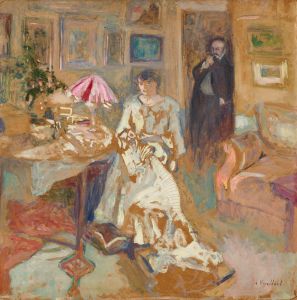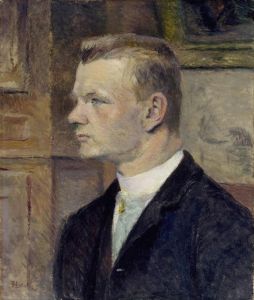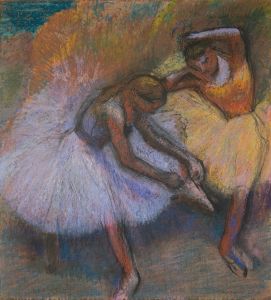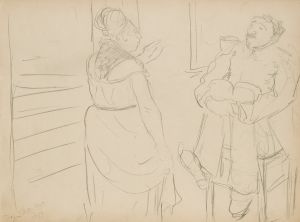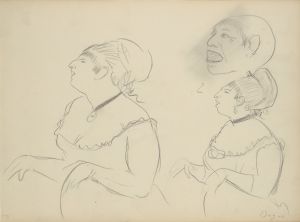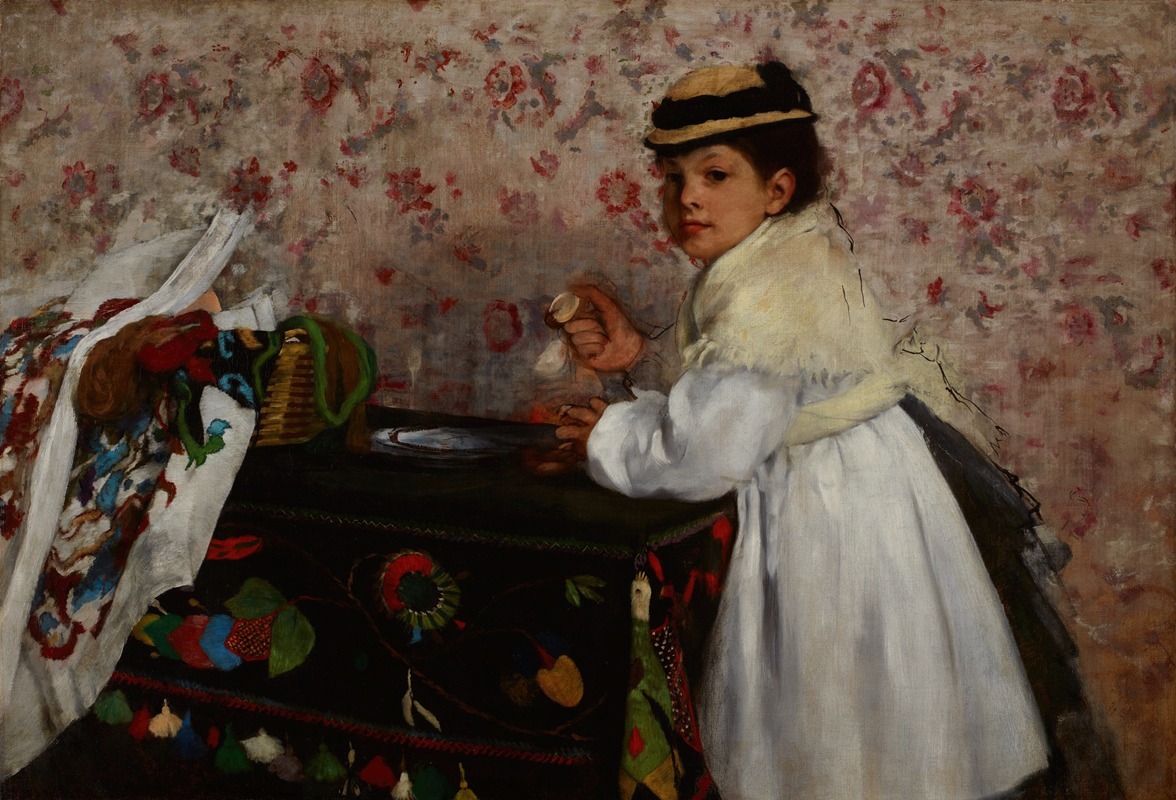
Portrait of Mlle. Hortense Valpinçon
A hand-painted replica of Edgar Degas’s masterpiece Portrait of Mlle. Hortense Valpinçon, meticulously crafted by professional artists to capture the true essence of the original. Each piece is created with museum-quality canvas and rare mineral pigments, carefully painted by experienced artists with delicate brushstrokes and rich, layered colors to perfectly recreate the texture of the original artwork. Unlike machine-printed reproductions, this hand-painted version brings the painting to life, infused with the artist’s emotions and skill in every stroke. Whether for personal collection or home decoration, it instantly elevates the artistic atmosphere of any space.
Edgar Degas, a prominent French artist known for his contributions to Impressionism, painted "Portrait of Mlle. Hortense Valpinçon" in 1871. This work is a testament to Degas's skill in portraiture and his ability to capture the subtleties of human expression and character. The painting features Hortense Valpinçon, a young girl from a family that Degas was closely acquainted with. The Valpinçon family were significant patrons of Degas, and their support played a crucial role in his career.
The portrait is executed in oil on canvas, a medium Degas frequently employed during this period. Measuring approximately 65 by 54 centimeters, the painting presents Hortense in a seated position, her gaze directed slightly away from the viewer, which imbues the work with a sense of introspection and quietude. Degas's use of color and light is particularly noteworthy; he employs a muted palette that highlights the delicate features of Hortense's face and the texture of her clothing. The background is rendered in soft, subdued tones, which serves to draw attention to the subject without overwhelming the composition.
Degas's approach to portraiture often involved capturing the essence of his subjects through careful observation and attention to detail. In "Portrait of Mlle. Hortense Valpinçon," this is evident in the meticulous rendering of Hortense's features and the subtle play of light across her face. The painting reflects Degas's interest in the psychological depth of his subjects, a characteristic that distinguishes his work from that of many of his contemporaries.
The relationship between Degas and the Valpinçon family was one of mutual respect and admiration. The family owned several of Degas's works, and their home served as a refuge for the artist during the Franco-Prussian War. This connection is reflected in the intimacy and warmth of the portrait, which conveys a sense of familiarity and affection.
"Portrait of Mlle. Hortense Valpinçon" is housed in the Musée d'Orsay in Paris, a museum renowned for its extensive collection of Impressionist and Post-Impressionist masterpieces. The painting is part of a larger body of work that showcases Degas's versatility and innovation as an artist. While he is often associated with depictions of dancers and scenes of modern life, his portraits reveal a different aspect of his artistic vision, one that is deeply personal and introspective.
Degas's work, including this portrait, has been the subject of extensive scholarly study and public admiration. His ability to convey the inner life of his subjects through subtle gestures and expressions continues to resonate with audiences today. "Portrait of Mlle. Hortense Valpinçon" remains a significant example of Degas's portraiture, illustrating his mastery of technique and his profound understanding of human emotion.





